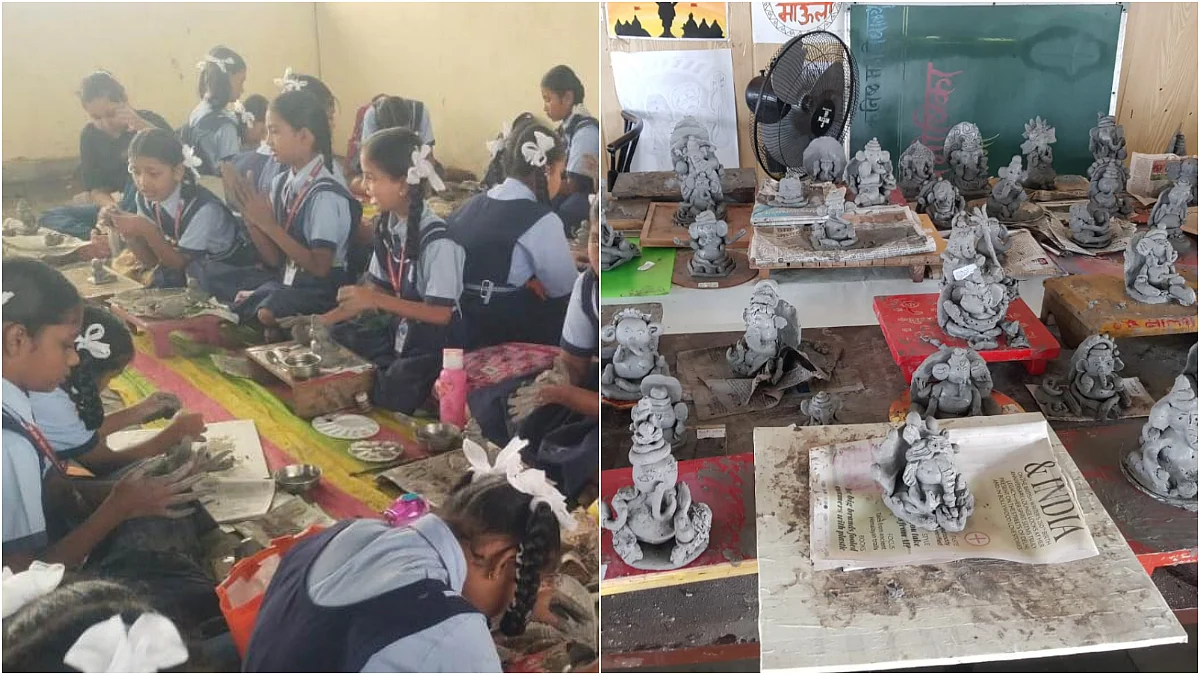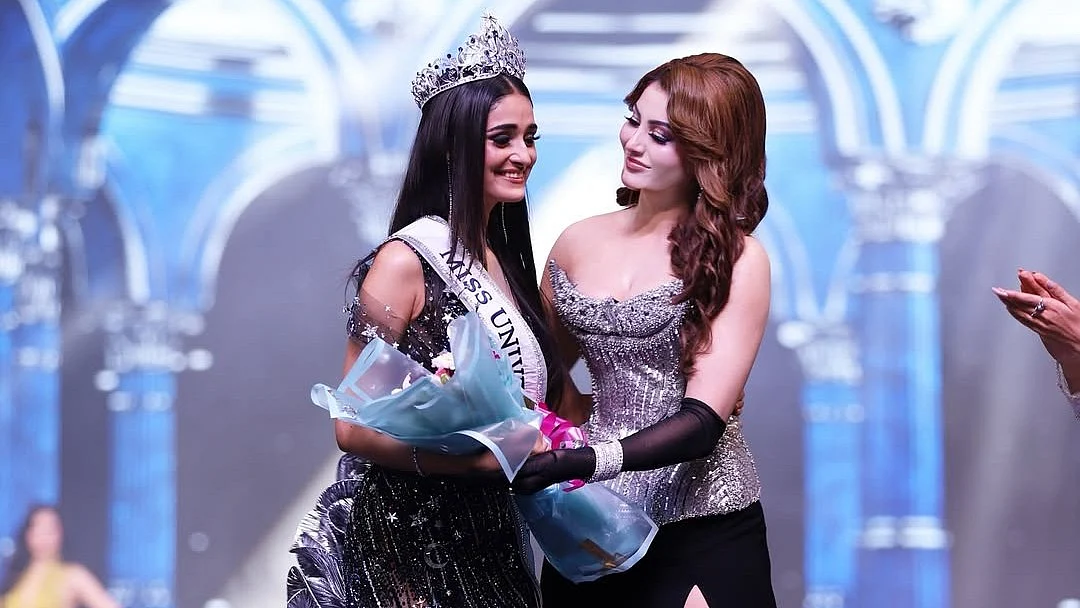Rani Lakshmibai was the queen of the Maratha princely state of Jhansi in North India. She was one of the revered leading figures of the Indian Rebellion of 1857 and became a symbol of resistance to the British Raj for Indian nationalists. Rani Lakshmibai, popularly known as Jhansi ki Rani.
She was also known as Manikarnika. The fearless queen was born on November 19, 1828, and she died on June 18, 1928. On her 167th death anniversary, let's take a look at the story of the legendary warrior.
About Rani Lakshmibai
Rani Lakshmibai was born into a Marathi family in Varanasi, and she was married to the raja of Jhansi, Gangadhar Rao, at a very young age. She always had a feeling of patriotism, and she learned sword fighting and horse riding from a young age from fighters Nana Sahib and Tatya Tope.
Her father was Moropant Tambe, and her mother was Bhagirathi Sapre. Her parents came from Maharashtra. Her mother died when she was four years old and her father was the Commander of the war of Kalyanpranth. Lakshmibai was educated at home and became independent at a very young age.
She got the name Rani Lakshmibai after her marriage
Rani Lakshmibai's name was Manikarnika during her childhood, and she was affectionately known as Manu. In 1842, Manu wedded Maharaja Gangadhar Rao Newlekar of Jhansi. Post-marriage, Manikarnika was renamed Lakshmibai.

She took over the empire after her husband died
Following her marriage, Rani Lakshmibai had a son who lived for just four months. Following this, it appeared that Lakshmibai's fortune began to turn. After 11 years of marriage, the Maharaja indeed passed away. Following the death of her husband and son, Rani Lakshmibai was resolute in her commitment to safeguard her empire and its inhabitants.










